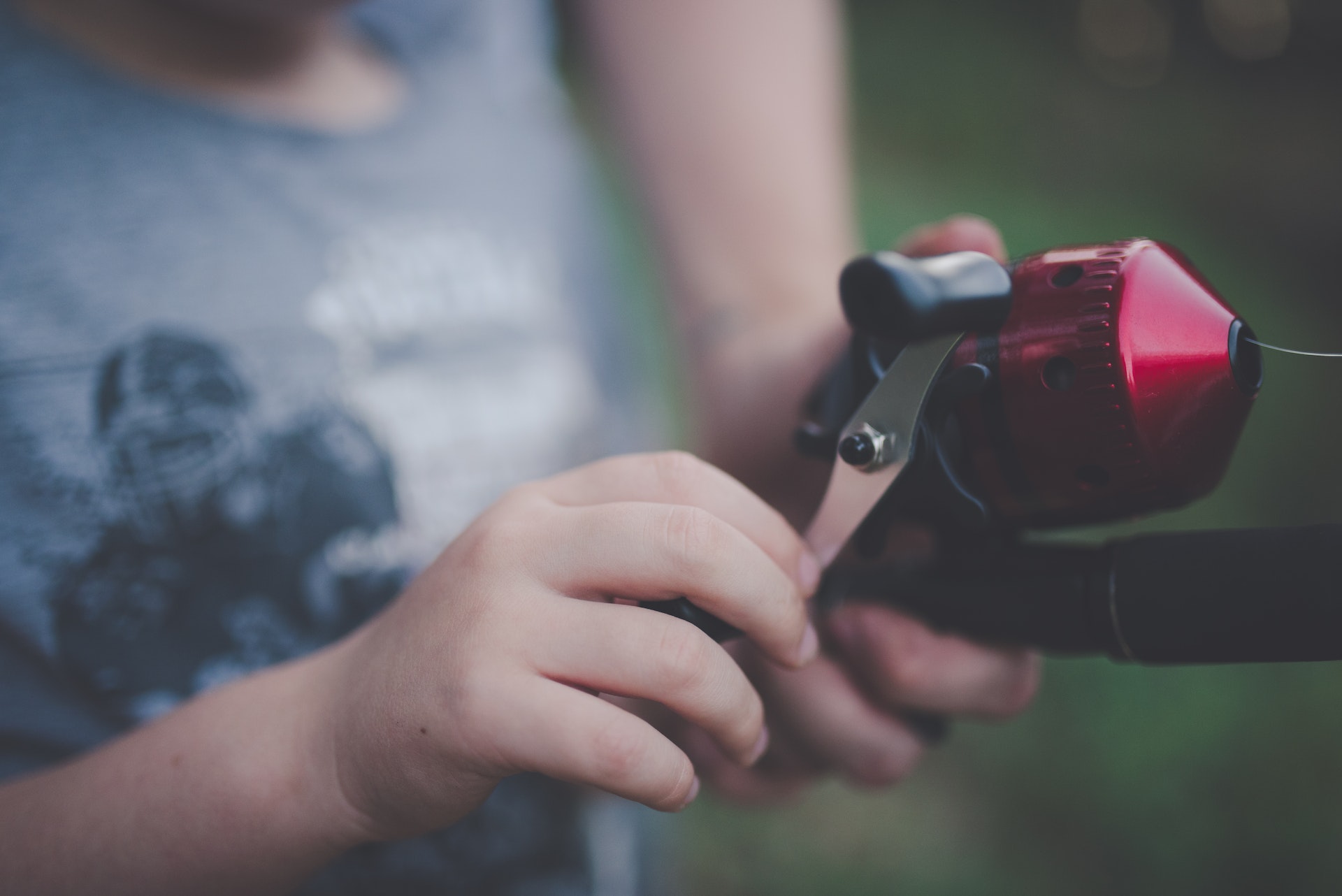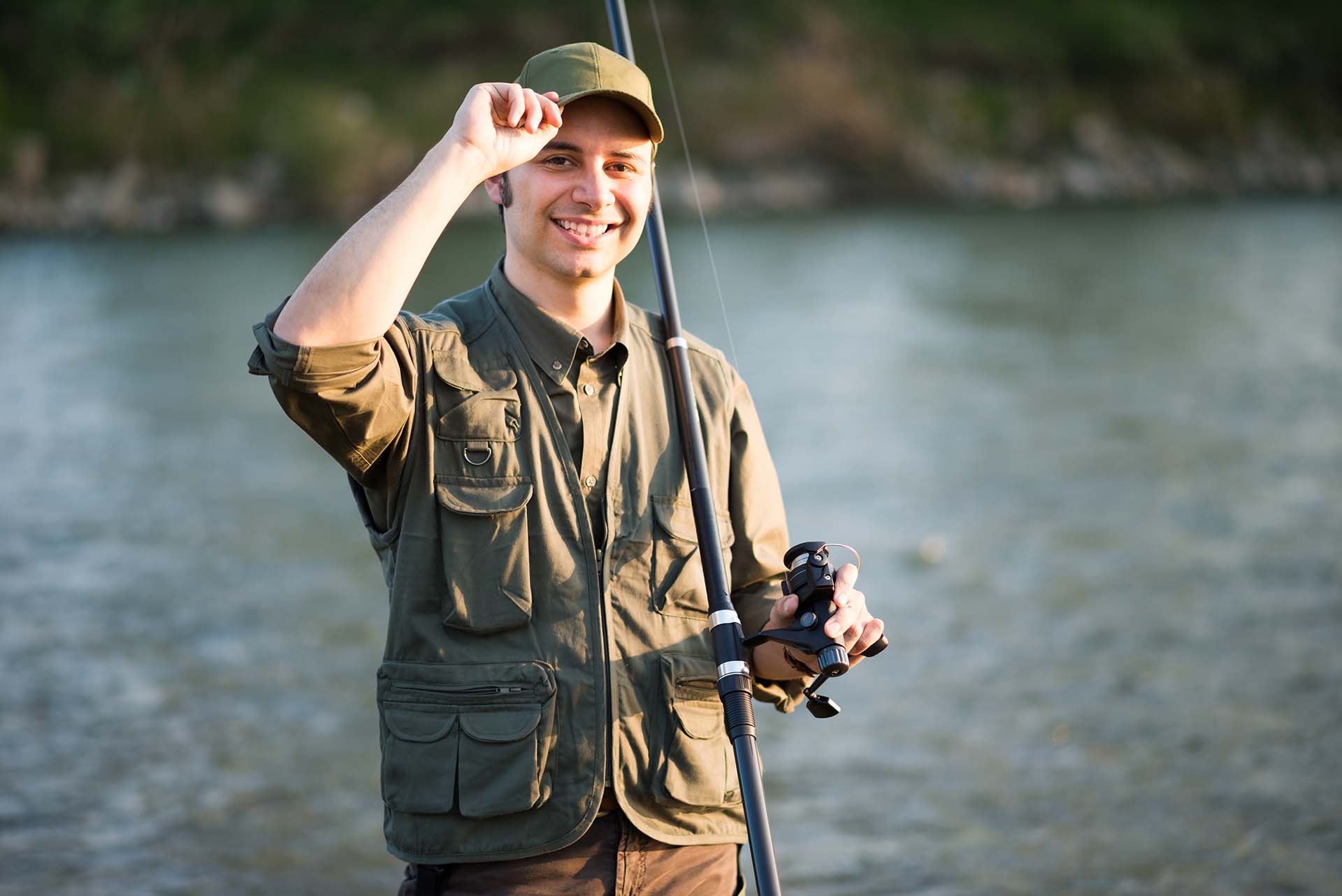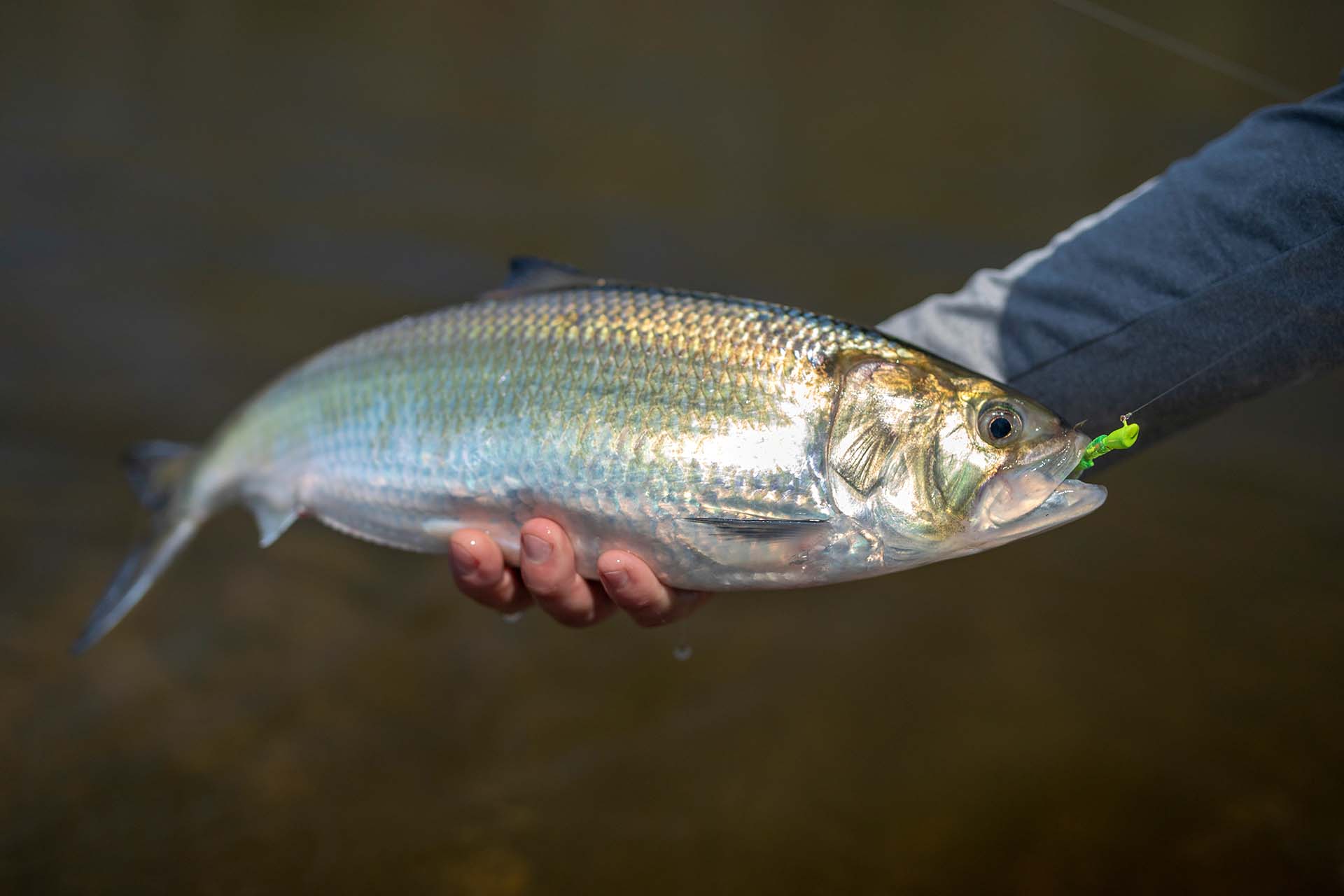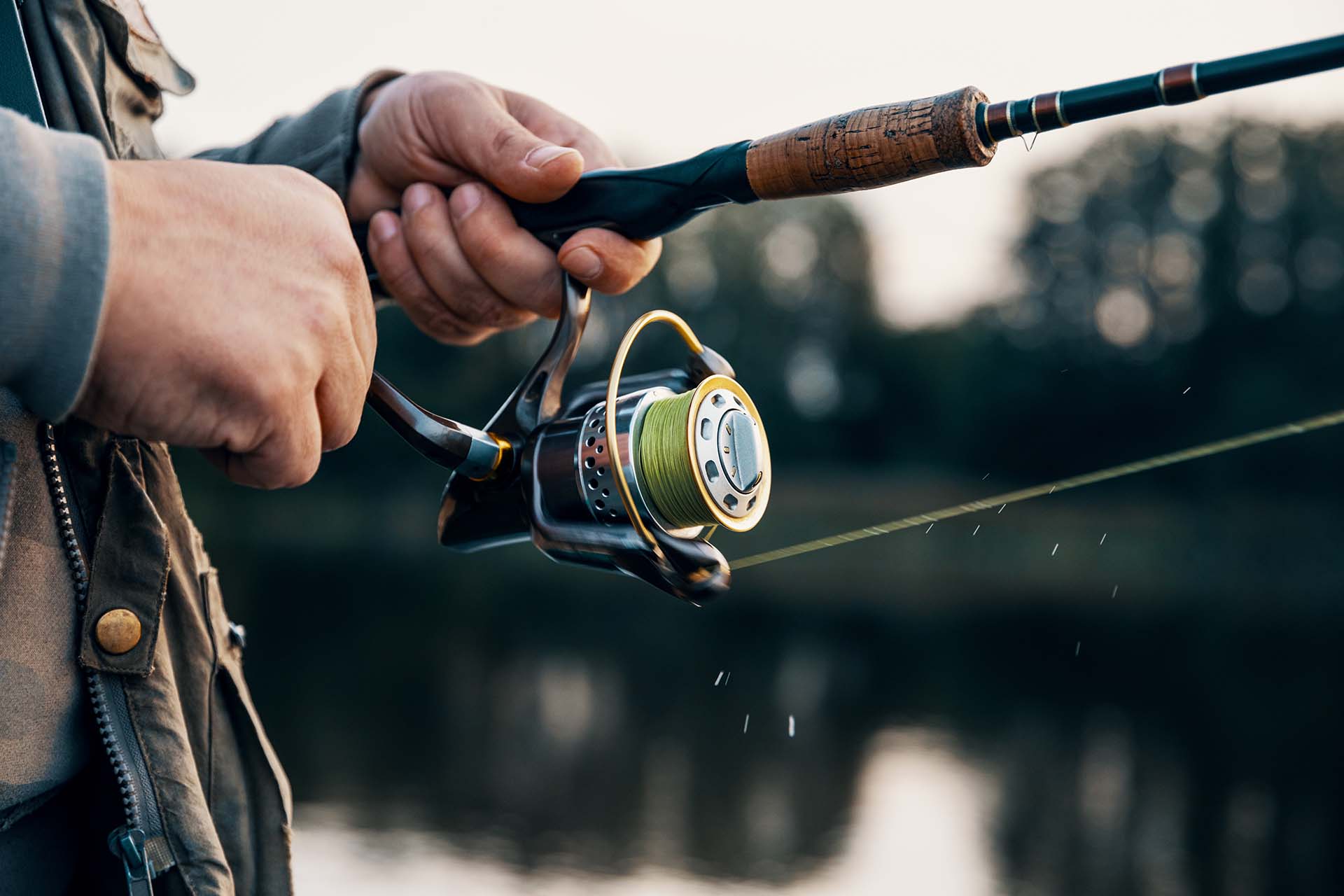In the world of fishing, the tools you choose can set the stage for success. Among the many choices, Owner hooks stand out as a beacon for those eager to elevate their fishing game. This top-tier brand has become synonymous with quality and efficiency. So, let’s discover what makes them so special and why they’re a favorite among angling enthusiasts.
Owner is a brand that manufactures a wide variety of fishing tackle. Ensuring every angler has an option, no matter their target species, preferred technique, or the environment they usually cast in. Most of their pieces are made from high-carbon steel, making them strong and durable. With the right maintenance routine, they will surely serve you well for a long time.
The Basics of Owner Fishing Hooks
Nestled in the heart of Japan, Nishiwaki City, near the bustling streets of Osaka, sits the headquarters of the legendary manufacturer in the world of angling, Owner Fishing Hooks. This Japanese gem was founded in 1968, and it wasn’t long, just two decades before their reach expanded with the birth of Tianjin in China and the Owner of American Corp in the USA. Reflecting their global prowess.
The Company Manufactures a Wide Variety of Fishing Tackle
It’s no secret that every angler has a unique fishing style and preference regarding their gear. Recognizing this, this brand delves deep, offering an impressive range of fish hooks that cater to a myriad of angling needs.
From the Owner Mosquito Hooks, perfect for delicate bait and landing plenty of small panfish and walleye, to the Owner Beast Hooks, ready for heavyweight catches. The brand’s collection showcases its dedication to versatility.
The Company Offers Numerous Sub-Brands for Particular Fishing Niches
Delving further into the Owner’s product lineup, you’ll encounter distinct sub-brands, each specializing in particular fishing niches. Take C’ultiva, for instance – a brand shining brightly in the lure fishing category, ensuring anglers have the ideal bait to entice their target fish species. All in all, as you sift through the Owner’s offerings, one thing becomes evident – their unwavering commitment to equipping anglers with the best, no matter the scenario.

Why Choose Owner Hooks?
When you’re miles from the shore or knee-deep in a river, the last thing you’d want is equipment that fails you. That’s why brand reputation isn’t just a luxury in the realm of angling. It’s often a reflection of performance and reliability.
Globetrotting professionals trust the Owner not just because of the brand name but due to the tangible excellence each hook exudes. But it’s not just the pros. Even the weekend warriors and recreational anglers lean towards this tackle. A testament to the brand’s universal appeal. Why? The reasons are clear – unparalleled sharpness, commendable strength, and durability that promises multiple outings without wear.
What Makes Them Unique in the Market?
Beyond the already impressive features, what truly sets this brand apart in the crowded marketplace is the relentless drive for innovation. Take, for example, the CUTTING POINT fish hooks. As they pierce, the three distinct cutting edges come alive, smoothly navigating through the most formidable barriers – scales, tough cartilage, or even resilient jawbones.

Before Buying, Understand Hook Sizes and Types
Even beginner fishermen understand that not all hooks are created equal. But beyond the obvious differences in shape or design, sizes play a pivotal role in determining success on the water.
Hooks are typically sized by numbers – the larger the number, the smaller the piece. But as you get to larger ones. You’ll see fraction-like numbers, such as 1/0 and 2/0, indicating increasing size. Here’s an overview:
| Size | Approximate Size | Suited For |
|---|---|---|
| 10 | 0.5 inch | Panfish |
| 8 | 0.75 inch | Sunfish, crappie |
| 6 | 1 inch | Trout, bluegill |
| 4 | 1.25 inches | Larger trout, bass |
| 2 | 1.5 inches | Bass, catfish |
| 1/0 | 1.75 inches | Larger bass, walleye |
| 2/0 | 2 inches | Catfish, snapper |
| 3/0 | 2.25 inches | Largemouth bass |
Types of Owner Hooks
As we touched on earlier, the Owner’s catalog boasts a diverse line-up of hook types. Three that particularly stand out in their collection are:
- Owner circle hooks – characterized by a pronounced circular shape. These pieces are designed to reduce the chances of gut-hooking a fish, making them a great choice for catch-and-release practices,
- Owner treble hooks – featuring three points branching from a single shank. These pieces offer triple the chances of catching your target fish species,
- Owner twist-lock hooks – perfect for soft baits, the twist-lock design ensures your bait stays firmly attached, presenting it naturally in the water and making it harder for fish to strip it away.
What Owner Hooks Are Made of and Why It Matters
Crafted meticulously from high-carbon steel, these pieces capitalize on the innate benefits this material offers. The strength of high-carbon steel ensures that the tackle can endure significant stress and force, resisting bending or breaking. Its durability translates to an extended lifespan, even under frequent use.
Moreover, one of the defining qualities of these pieces is their ability to retain sharpness, with the steel maintaining a razor-sharp edge over time. This fine point, combined with the resilience of high-carbon steel, ensures that when you’re casting one of their hooks, you’re using a tool specifically designed for both precision and longevity.
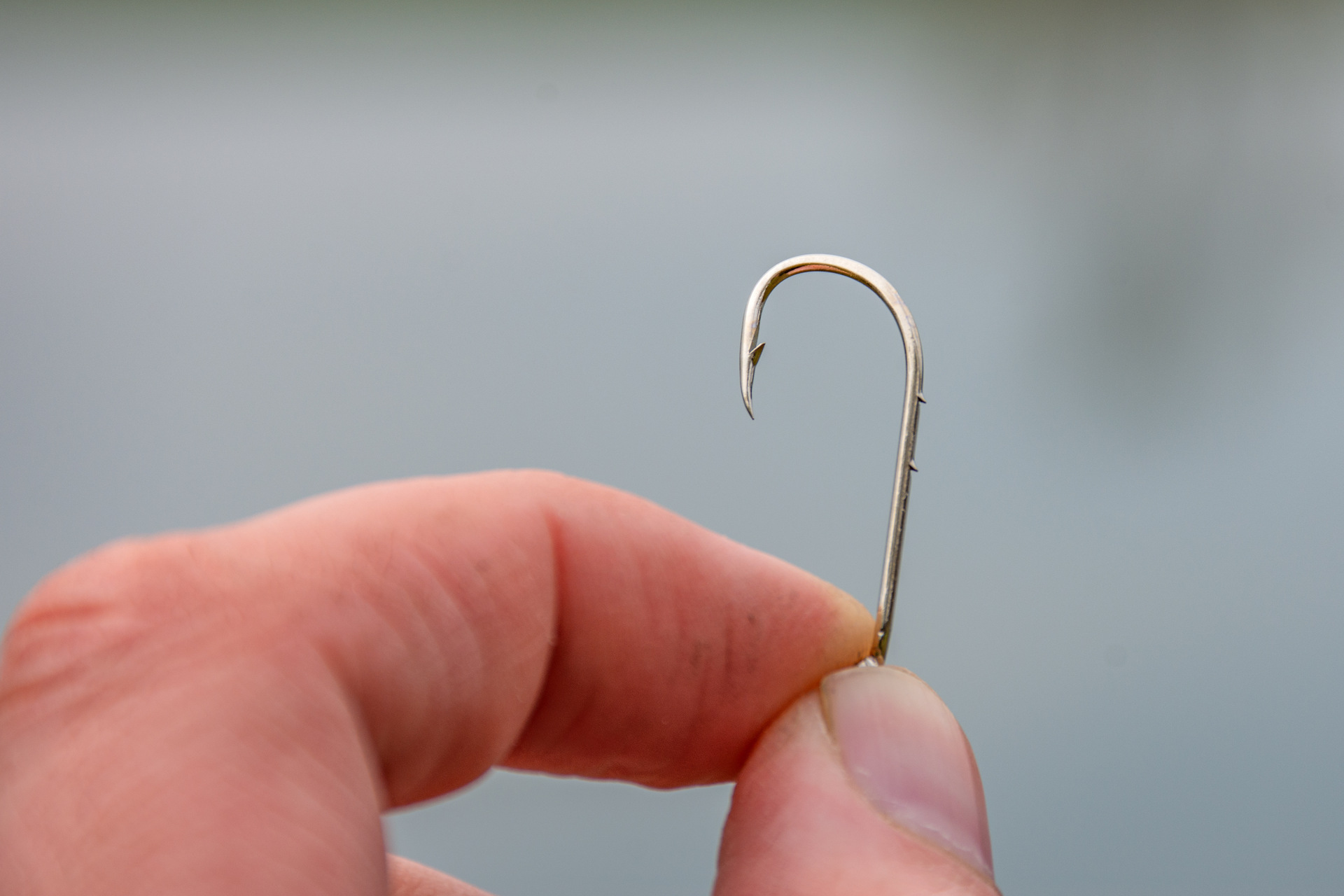
How to Select the Right Hook for the Job
If fishing is an art, then the hook is undoubtedly one of the artist’s most crucial tools. Selecting the ideal piece takes into account a myriad of factors, ranging from the fishing environment to the species you’re targeting and the technique you’re employing. So, before you go ahead and get that Owner hooks bulk, let’s look at the factors you should consider.
Freshwater vs. Saltwater Fishing
Freshwater pieces tend to be lighter and made of materials prone to corrosion but offer sharper points. In contrast, saltwater fishing requires sturdier, corrosion-resistant tackle, given the abrasive nature of salty waters and the potentially larger fish lurking beneath the waves.
Luckily, this brand uses high-carbon steel for the vast majority of its products. Which ensures you’ll have a needle-point piece that’s resistant to corrosion. No matter what environment you’re angling in.
Differences in Hooks and When to Use Which
Besides the environment, some pieces are meticulously designed with specific fish species in mind. For instance, if you’re aiming to catch largemouth bass, the strongly built Owner Wide Gap Hook is your best bet, given the bass’s tough mouth. For a nimble trout, on the other hand, a lighter, more delicate piece ensures it doesn’t feel the weight and become suspicious, allowing for a better bite.
Fishing technique, too, should influence your choice. Fly fishing, rigging, surfcasting – there’s no one-size-fits-all approach. By understanding the nuances of each situation, whether it’s the fish you’re targeting or the technique you’re using, you can tailor your equipment. Starting with the most vital component – the hook.

How to Do Proper Hook Maintenance
Behind every successful trip is not just skill and knowledge but also well-maintained equipment. These small yet vital components require regular care and attention to ensure they remain in optimal condition.
Here’s how you can keep the pieces in your tackle box in pristine shape:
- After each use, clean the pieces with fresh water, especially if you’ve used them in saltwater environments,
- Once cleaned, dry the pieces thoroughly to prevent rust and store them in a dry tackle box, away from direct sunlight,
- Regularly check their points, and if they’re getting dull, use a specialized sharpener to bring the pieces back to their original sharpness,
- As soon as your pieces show signs of rust, lightly sand them off using fine-grit sandpaper,
- If a hook is bent out of shape, excessively rusted, or no longer retains its sharpness even after sharpening, it’s time to retire it and invest in a new one.

Safety and Best Practices
It’s easy to underestimate a hook’s sharpness. Even the most experienced anglers can occasionally find themselves on the wrong end of one, figuring out how to remove it from their finger. Because of that, always maintain awareness of your hook’s position, especially when baiting or unhooking a fish. Ensure your hands are dry for a firm grip, and consider using gloves for added protection.
And when it comes to the practices you should employ, it’s imperative to ensure the fish’s welfare during the whole ordeal. Especially for those who practice catch and release, the manner in which the fish are handled can greatly affect their health post-release. Here are a few useful tips:
- Use barbless hooks – using barbless pieces or simply pinching the barb flat can make releasing fish smoother and reduce potential harm,
- Wet your hands – before handling fish, dampen your hands to minimize the removal of their protective slime coat,
- Limit exposure – avoid keeping your catch out of water for extended durations to reduce stress and potential harm,
- Choose the right net – utilize a soft, knotless net to minimize potential injuries to your catch,
- Properly revive fish – especially after a long fight, ensure the fish is adequately revived before release, so it can swim away robustly.
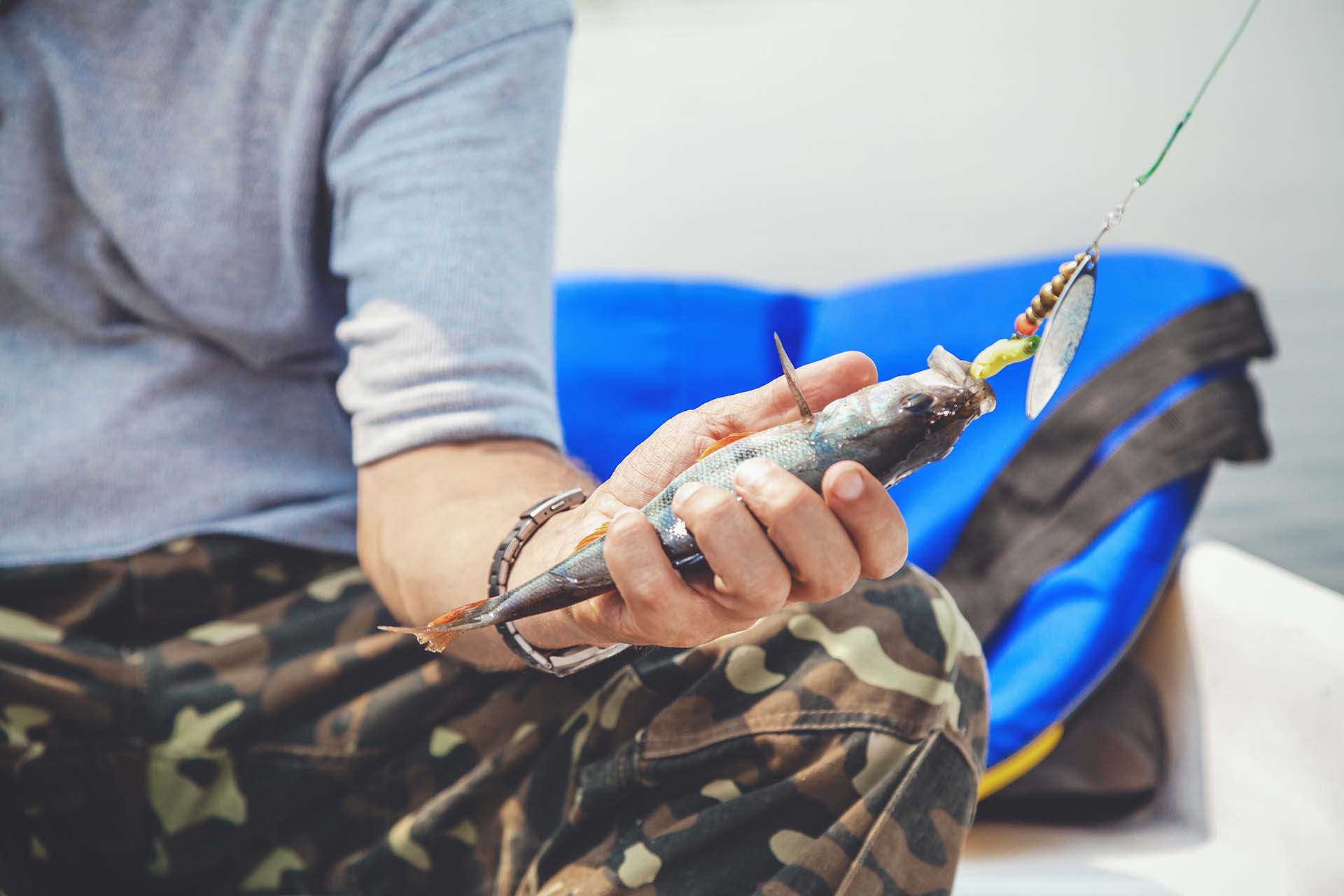
Can You Enhance Owner Hook Performance With Bait?
While Owner pieces are precision-engineered for optimal performance, coupling them with the right bait can obviously enhance their effectiveness significantly. The combination of a high-quality tackle and an irresistible bait ensures not only that the fish are attracted but also that they’re securely hooked.
Whether you’re using live bait, cut bait, or artificial lures, finding the perfect match out of the Owner’s catalog can create a synergistic effect, boosting your chances of a successful catch. Think of it as a culinary dish – while the finest utensils (tackle) play a role, it’s the ingredients (bait) that truly tantalize the palate (or, in this case, the fish).
With the Right Hook, Your Angling Adventure Will Be Successful
Fishing is as much about the journey as it is about the catch. But let’s not kid ourselves – using top-tier gear from brands like Owner definitely ups your game. With the right piece, sharpened to perfection, coupled with your skills and a bit of patience, there’s hardly any fishy tale too big to tell. So, the next time you cast that line, remember it’s not just about luck – it’s that trusty hook at the end, waiting to make magic happen.


